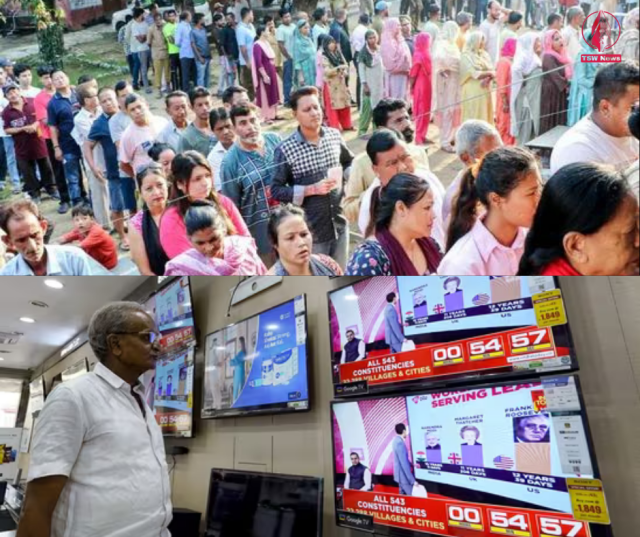Wholesale Inflation in India Hits Three-Year Low in May, Signaling Easing Price Pressures
- Posted on June 14, 2023
- News
- By Sunshine
- 294 Views

Wholesale inflation in India, as measured by the Wholesale Price Index (WPI), reached a three-year low in May, remaining in negative territory for the first time since July 2020. Official data released by the Ministry of Commerce and Industry revealed that wholesale inflation stood at minus 3.48 percent in May, compared to minus 0.92 percent in the previous month. The decline in wholesale inflation can be attributed to various factors including cereals, wheat, vegetables, potatoes, fruits, eggs, meat and fish, oilseeds, minerals, crude petroleum, natural gas, and steel.

The WPI Is released monthly on the 14th of each month, compiling data from institutional sources and selected manufacturing units across the country. Wholesale inflation had been on a downward trend since October 2022 when it was at 8.39 percent. Prior to that, it had remained in double digits for 18 consecutive months until September. This decrease in wholesale inflation aligns with the overall easing of inflation in the country, as retail inflation also dropped significantly in May to 4.25 percent, reaching a two-year low.
The Reserve Bank of India (RBI) has played a crucial role in curbing inflation through consistent monetary policy tightening since mid-2022. The RBI’s efforts to raise interest rates and manage price rises have been successful, bringing India’s retail inflation back within the RBI’s target range of 2-6 percent. In November 2022, retail inflation finally fell within this range after being above the target for three consecutive quarters. Last week, the RBI’s monetary policy committee decided unanimously to keep the repo rate unchanged at 6.5 percent. The repo rate is the interest rate at which the RBI lends money to other banks.

The RBI's decision to raise interest rates by a cumulative 250 basis points since May 2022 has been instrumental in combating inflation. By increasing interest rates, the central bank aims to reduce demand in the economy, thereby helping to bring down the inflation rate. This approach has proven effective in managing inflationary pressures in India, especially in contrast to some advanced countries where inflation has reached multi-decade highs, even surpassing 10 percent.
For more updates keep visiting our website www.topstoriesworld.com where we provide unbiased, true and top stories of the world.




